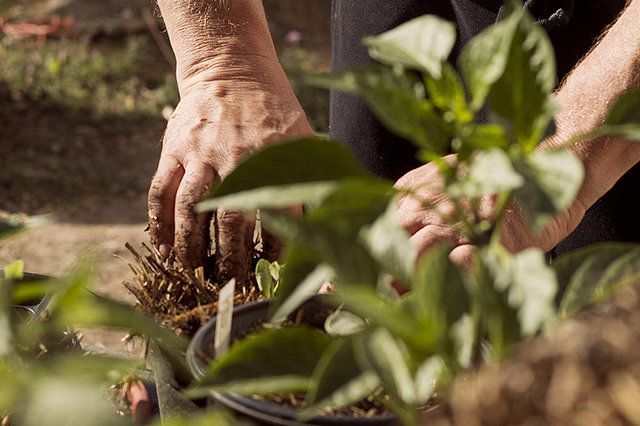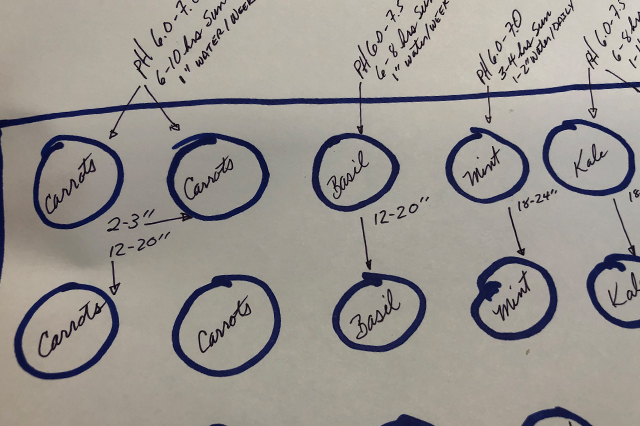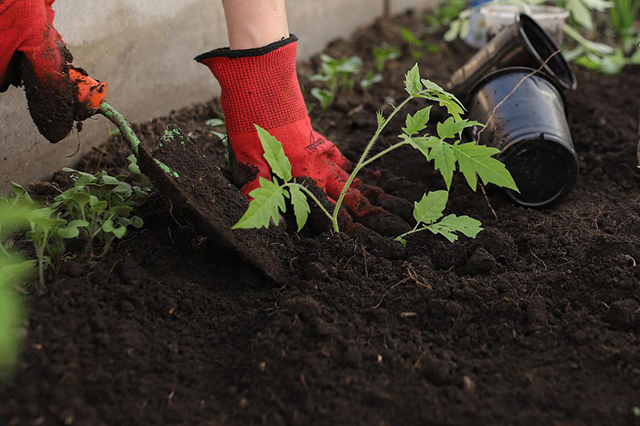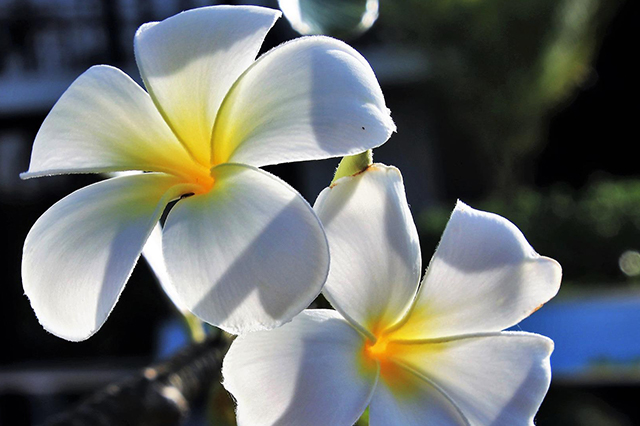Prevent the embarrassment of a failed or disease-ridden garden. Knowing some basic gardening knowledge will help you grow a vibrant and healthy garden.
gardeninginfo-online.com gathered the following tips and information on growing a vibrant, colorful, and healthy garden.
Best Gardening Tips for Beginners
Starting a garden can seem like a daunting task, and to a certain degree, it can be. The following tips will help you prepare your garden bed, time your planting, and help you choose the best plant species for a vibrant and healthy garden.
1. Know Your USDA Hardiness Zone
One of the very first things to do for all gardeners is to know in which hardiness zone they will be planting. Basically, the higher the zone’s number, the warmer the climate. So if your plant is hardy to zone 5 and you plant it in zone 6, it will survive in your garden. However, if you plant it in a zone 4 garden, it will not survive in that region’s winter.
Locate your hardiness zone using the interactive map found at planthardiness.ars.usda.gov
2. Plant Selection
Now that you know your hardiness zone, you can safely choose which plant species you want in your garden. Some popular selections include:
Vegetables – Lettuce, carrots, cucumbers, kale, and peas
Herbs – Basil, mint, dill, thyme, lavender, and oregano
Flowers – Azaleas, begonias, roses, daisies, and marigolds
Tip: Temperature or sun-sensitive plants can be planted in containers and moved indoors or to more appropriate locations when needed.
3. Map Your Garden
Mapping out your garden will help you visualize which plants are going where and what adjustments you need to make for them to thrive. Add as much detail as possible to your garden map and refer to it when needed. Include the following data:
- What species
- Soil pH
- Water
- Sun
Tip: Include any special requirements your plants may need
4. Know Your Frost Dates
You need to know your area’s last spring frost date, so you don’t risk killing your plants by putting them out prematurely. It’s also important to know your first fall frost date so you can collect your harvest if you are growing vegetables and herbs. This also gives you a time frame for moving your plants indoors or outdoors to prevent frost damage.
Determine your first and last average frost dates by entering your zip code at almanac.com/gardening/frostdates
5. Garden Soil
The ideal garden soil consists of equal parts of sand, silt, and clay. This soil type is called “loam” or “loamy.” Loamy soil has a perfect balance, holding moisture but also draining well. It allows oxygen to reach plant roots and is rich in organic matter.
Tip: Your soil pH can be adjusted by adding agricultural sulfur to make alkaline soils more acidic or agricultural limestone to make acidic soils more alkaline.
6. Water Requirements
A typical flower or vegetable garden requires a minimum of an inch of water per week. Under normal conditions, this should leave the soil soaked to about 5 or 6 inches deep.
Note: Some plant species will require more frequent watering.
Tip: Ensure that your soil drains well but remains moist so your plant’s roots can get the water they need without developing root rot.
7. Mulch Requirements
It is commonly recommended to lay between 2 and 4 inches of mulch in the garden bed. If you want mulch that decomposes quickly, introducing nutrients over time, wood chips are a good selection.
Tip: One of the most effective ways to control weeds, retain moisture, and regulate soil temperature in your garden is to add a thick layer of organic mulch over the soil.
8. Sun Requirement
Depending on the plant species you want to grow, you will need to know how much sun it requires. You will likely have different areas getting different sunlight intensities in larger gardens. Consider the following to guide your planting locations:
Full Sun – These plants need a minimum of 6 hours of direct sun per day
Part Sun – Plants will thrive with 3 to 6 hours of direct sun per day
Part Shade – Plants require 3 to 6 hours of sun per day but must be protected from the intense mid-day sun
Full Shade – These plants require less than 3 hours of direct sun per day.
Tip: Planting in containers will allow you to move your plants around according to their needs.
Gardening Tips
In this article, you discovered crucial information and tips to help you grow and maintain a vibrant garden.
Knowing what to plant and how to care for your garden will help you create the perfect environment for a spectacular array of flowers, plentiful vegetables, and continuous beauty through the growing season.
Ignoring your garden’s needs and basic care can result in poor plant development, stunted growth, disease, and weed overgrowth.
Sources:
purdue.edu/hla/sites/yardandgarden/gardening-tips-for-beginners/
extension.illinois.edu/blogs/good-growing/2020-04-01-starting-garden-soil-management
extension.missouri.edu/news/tips-on-watering-your-garden-4683
cals.arizona.edu/yavapai/anr/hort/byg/archive/mulches2013.html
The post Gardening Tips for Beginners appeared first on http://gardeninginfo-online.com.




No comments:
Post a Comment